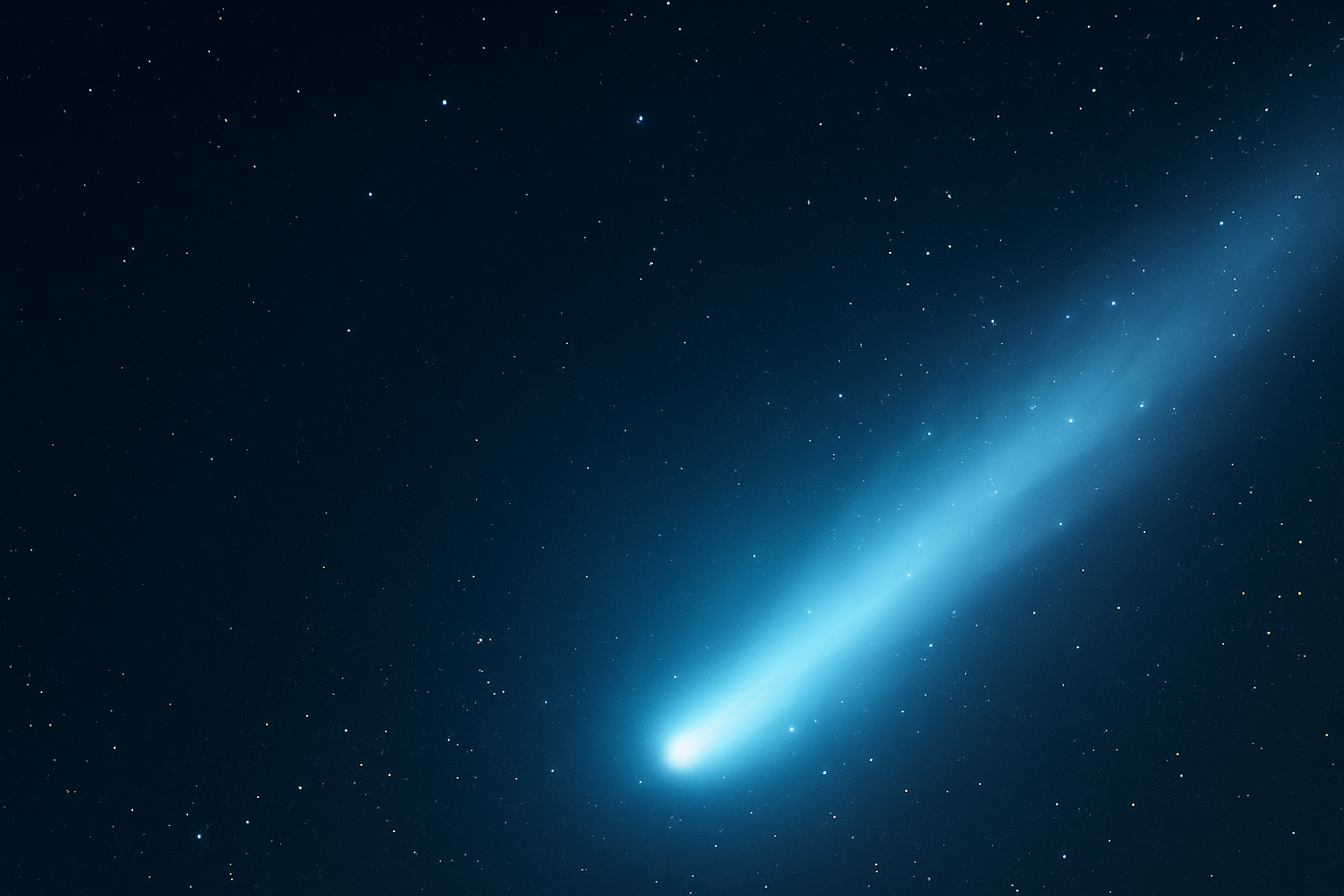NASA has achieved another breakthrough in space science. Its SPHEREx mission has joined Hubble and the James Webb Space Telescope (JWST) in studying Comet 3I/ATLAS, a rare interstellar comet making a brief passage through our solar system.
This discovery offers a once-in-a-lifetime opportunity to learn about materials formed around distant stars, far beyond our cosmic neighborhood.
What Is Comet 3I/ATLAS?
Comet 3I/ATLAS is only the third interstellar object ever detected and the second interstellar comet after 2I/Borisov in 2019. Unlike comets that orbit the Sun, this icy traveler originated in another star system and is just passing through.
Key facts about Comet 3I/ATLAS:
- It’s not bound to our Sun — its hyperbolic orbit proves it came from deep interstellar space.
- Its icy composition and dust trail may differ from native solar system comets.
- It poses no threat to Earth, but is a treasure trove of scientific insights.
Why Interstellar Comets Matter
Interstellar comets are cosmic messengers carrying chemical signatures from other planetary systems. Studying them helps astronomers:
- Understand alien chemistry → comparing the ice, dust, and gases with solar system comets.
- Trace planetary system formation → revealing how material is ejected into interstellar space.
- Expand exoplanet research → giving us direct samples of “building blocks” from other stars.
Each interstellar comet observed acts as a natural probe of worlds we may never visit.
SPHEREx vs Webb vs Hubble: A Powerful Trio
NASA’s telescope trio is working in harmony:
- Hubble Space Telescope (HST): Captures visible and ultraviolet images of the comet.
- James Webb Space Telescope (JWST): Delivers high-resolution infrared data on dust and gas.
- SPHEREx (Spectro-Photometer for the History of the Universe, Epoch of Reionization, and Ices Explorer): Maps the comet’s chemical fingerprint across the near-infrared spectrum, giving wide coverage no other telescope can match.
Together, these observatories are conducting the most detailed multi-wavelength study of an interstellar comet in history.
Harmless to Earth, Revolutionary for Science
While 3I/ATLAS won’t come close enough to pose any danger, it is revolutionizing how scientists think about interstellar wanderers.
Just like ʻOumuamua (1I/2017 U1) and 2I/Borisov, Comet 3I/ATLAS reminds us that our solar system is not isolated. Material is constantly exchanged between stars, shaping the galaxy like a giant cosmic marketplace.
What Comes Next?
Astronomers believe more interstellar objects will be discovered in the coming years, thanks to advanced surveys like Vera Rubin Observatory’s Legacy Survey of Space and Time (LSST). Each one may unlock new clues about how stars and planets form — not just here, but across the Milky Way.
Comet 3I/ATLAS is not just a visitor. It’s a messenger from another star system — and NASA is decoding its secrets right now.

